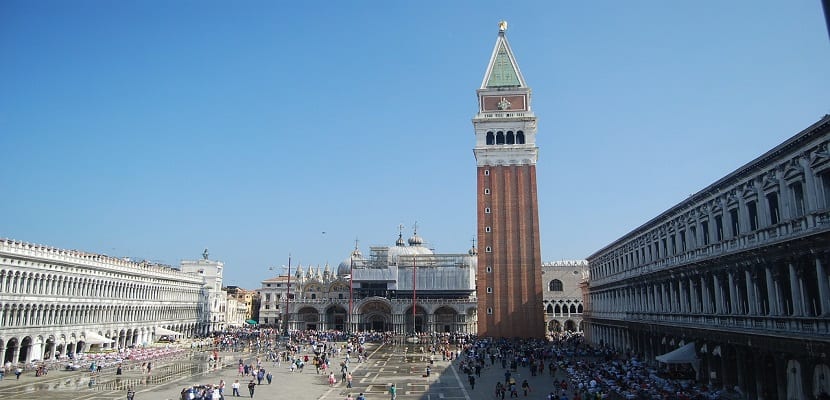
Known in its original language as Piazza San Marco, this Venetian square is perhaps the most representative point of the city and where all tourists gather to take a multitude of photographs.
St. Mark's Square is undoubtedly the historical symbol of Venice and every year about 40 million people visit the city. An intense flow that many fear will make a dent in the most emblematic monuments of the city. Thus, the local government has decided to take action and control access to this beautiful square.
The draft of the new regulations comes after Unesco sounded the alarm about the deterioration of Venice, which has held the title of World Heritage Site since 1987.
And it is that it is not only that the Italian city is sinking little by little but the fact that millions and millions of tourists pass through its streets, perhaps more than a place as old as this can bear. And it is that every day Venice has more tourists and fewer inhabitants. As a curiosity, in 2017 there are only 55.000 inhabitants compared to the 137.150 in the early 60s.
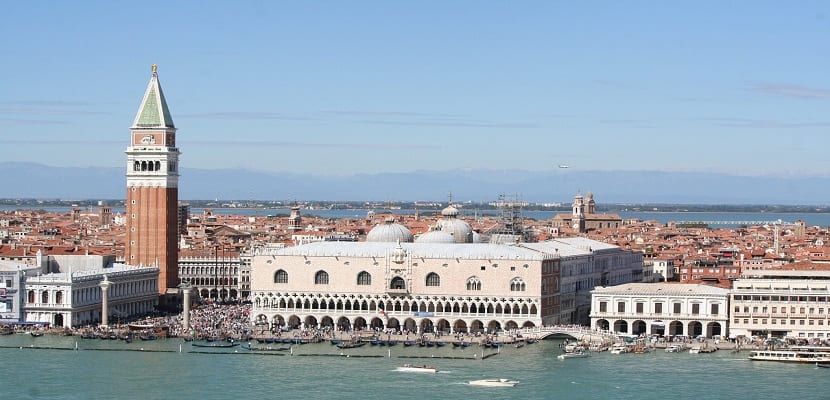
When will this new regulation go into effect?
It will do so in 2018 and its objective will be to protect San Marcos Square from mass tourism. It is paradoxical that a city so linked to tourism places restrictions on visitors but it seems that the local government has not found an alternative to preserve Piazza San Marco.
At the moment the details of how the entry of tourists will be regulated are not known, since there is still no official confirmation of this. However, it is rumored that three measures have been proposed to reduce visits.
One would be to establish a time to access the Plaza de San Marcos, for example 10am. at 18pm. Another would be to make a reservation in advance to enter the square and the last of the options considered is to close the area in busy seasons, such as weekends and the months of July and August.
This new regulation would complement the tourist tax that has been applied for visiting Venice and that varies depending on the season, the area in which the hotel is located and its category. For example, on the island of Venice, 1 euro per star per night is charged in high season.
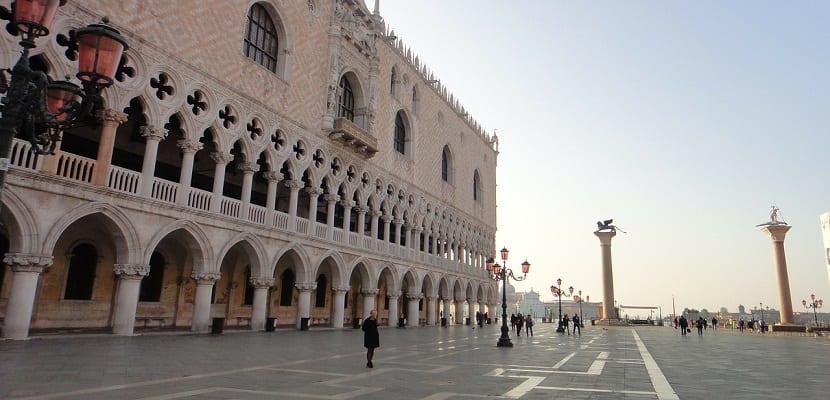
Why was this decision made?
Residents have long protested against what they consider an invasion of tourists, whose behavior is sometimes disrespectful as there are those who jump into the water from bridges, bathe in the Canal Grande or dirty the city giving a bad image of it .
In fact, on July 2, some 2.500 residents demonstrated in the historic center fed up with what they consider a contempt for their city. In this way they wanted to draw the attention of UNESCO and the City Council to prevent Venice from becoming an attraction instead of a habitable city.
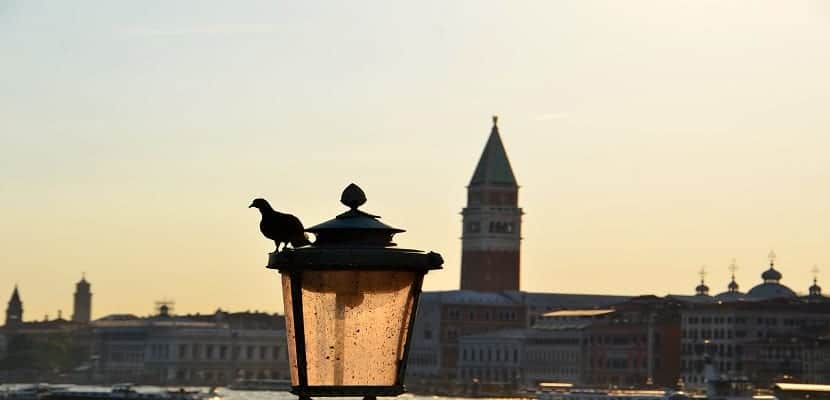
What is Plaza de San Marcos like?
Piazza San Marco is the heart of Venice. It is located on one side of the Grand Canal and in it we can see various monuments and sites of great historical-cultural interest.
Since its origins, San Marcos Square has been a very important and strategic area of the city. Not only from the political point of view (since it was designed and built as an extension of the Doge's Palace) but also culturally since many activities such as markets, processions, theatrical shows or carnival parades have been held there.
What places of interest are there in St. Mark's Square?
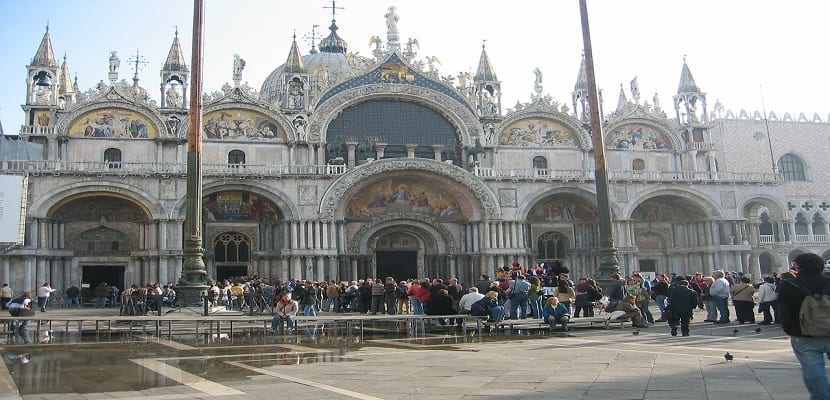
The Basilica of San Marcos
St. Mark's Basilica is the main Catholic temple in the city of Venice and one of its main attractions. Its construction began in 828 to house the body of Saint Mark brought from Alexandria and today it is considered one of the icons of the city that attracts pilgrims from all over the world.
Although the current temple belongs to the XNUMXth century, the truth is that it has undergone different alterations over time. The interior of the basilica is gold-colored and the mosaics in the Ascension dome date from the early XNUMXth century and depict scenes from the New Testament.
Under the altar rests the body of San Marcos supported by four columns of alabaster and marble.
The entrance to the Basilica of San Marcos is free but there are some parts inside that to see them you have to buy a ticket, such as the Museum, the Treasury and the Pala de Oro.
The main esplanade of St. Mark's Square
St. Mark's Square is one of the most distinguished in the world. It is an esplanade surrounded by beautiful buildings such as the Doge's Palace, the Bell Tower, the Basilica and which can be found among the most photographed in the world.
This is also where hundreds of pigeons roam freely. They are so used to the human presence that it would not be surprising if they approached you to ask for some food.
The Bell Tower of San Marcos
The bell tower of San Marcos is the Camapanile, a type of bell tower independent from the temple and located in a corner of the Plaza de San Marcos. Its construction began in the XNUMXth century and ended in the XNUMXth, although subsequent modifications gave it the appearance it currently has.
The Doge's Palace in Venice
Another icon of Venice is the Doge's Palace, which for many years was the seat of power in the city. The building was a design by Filippo Calendar and was built between 1309 and 1424. In its beginnings its appearance was similar to that of a castle, with towers and strong walls, since the place is very close to the sea.
However, due to the passage of time and a series of fires, it had to be rebuilt and it acquired the appearance it has today.